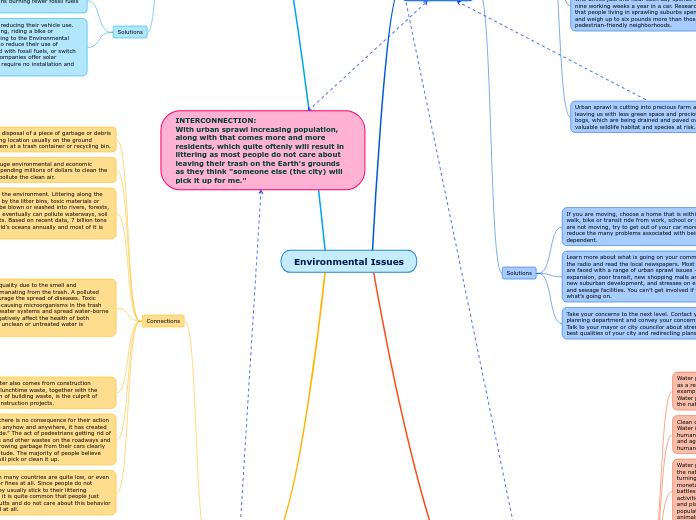Environmental Issues
Urban Sprawl
Connections
Urban sprawl is essentially the relocation of the populace from high thickness urban ranges to low-density provincial zones which bring about the spreading of the city over the more rustic area. Urban sprawl brings about expanded movement, environmental concerns, and well-being concerns.
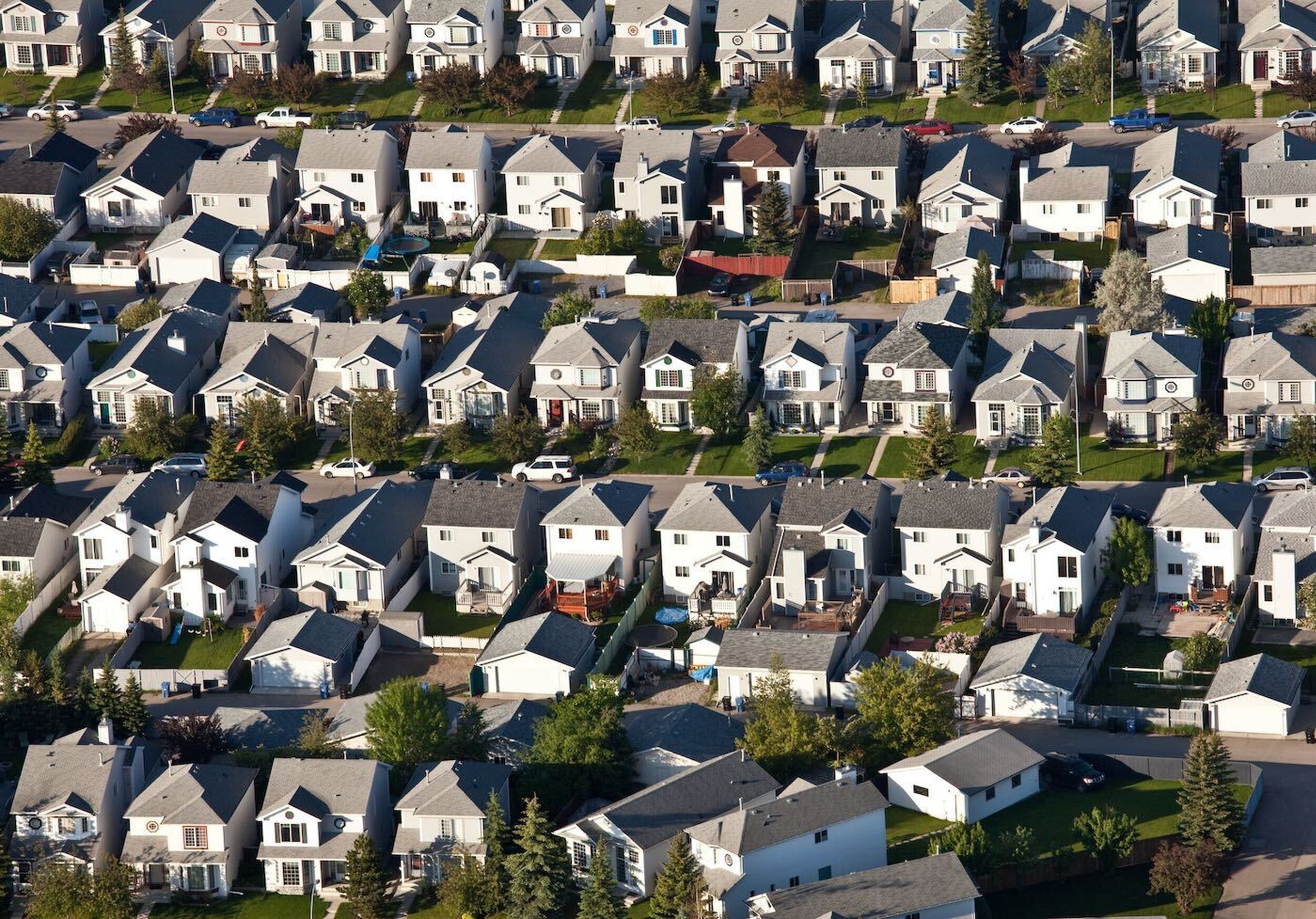
For many years, urban sprawl was thought to be an exclusively American problem; however, this phenomenon is occurring in several other countries. According to data collected in 2002 by the European Environment Agency, the population of a subset of European countries increased by only 6 percent between 1980 and 2000; however, the spatial footprint of built-up areas within these countries increased by 20 percent. The spatial footprints of some metropolitan areas, such as Palermo, Italy, expanded significantly more from the mid-1950s to the late 1990s. Palermo’s population rose 50 percent but its spatial footprint increased 200 percent over the period.
Worldwide, people are moving to cities. According to the United Nations Population Division, 29 percent of the world’s population lived in urban areas in 1950. By the late 2000s this figure had increased to about 49 percent. In developed countries this fraction was much higher. In the United States, for example, the urban population rose from roughly 64 percent in 1950 to about 81 percent in 2007. Similarly, Japan’s urban population increased from roughly 40 percent to about 66 percent over the same period.
In contrast, less-affluent developing countries contain fewer urban residents. In India, for example, the urban population increased from 17 percent in 1950 to about 29 percent in 2007. Similarly, Egypt’s urban population rose from about 32 percent to approximately 43 percent over the same interval.
Sprawl affects us in surprising ways — like draining our precious free time and expanding our waistlines. A commuter who drives just one hour each day spends the equivalent of nine working weeks a year in a car. Researchers have found that people living in sprawling suburbs spend less time walking and weigh up to six pounds more than those living in pedestrian-friendly neighborhoods.
Urban sprawl is cutting into precious farm and wild lands, leaving us with less green space and precious wild lands, like bogs, which are being drained and paved over, putting valuable wildlife habitat and species at risk.
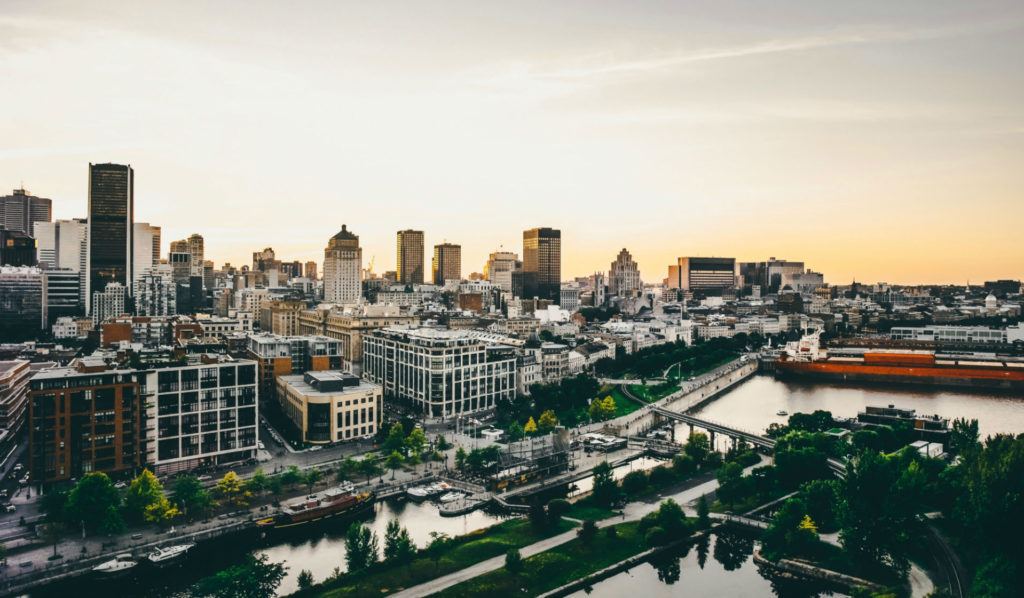
Solutions
If you are moving, choose a home that is within a 30-minute walk, bike or transit ride from work, school or shopping. If you are not moving, try to get out of your car more and help reduce the many problems associated with being car-dependent.
Learn more about what is going on your community: listen to the radio and read the local newspapers. Most cities in Canada are faced with a range of urban sprawl issues — road expansion, poor transit, new shopping malls and mega-stores, new suburban development, and stresses on existing water and sewage facilities. You can’t get involved if you don’t know what’s going on.
Take your concerns to the next level. Contact your city planning department and convey your concerns and ideas. Talk to your mayor or city councilor about strengthening the best qualities of your city and redirecting plans to build out.
Water Pollution
Connections
Water pollution is the contamination of water bodies, usually as a result of human activities. Water bodies include for example lakes, rivers, oceans, aquifers and groundwater. Water pollution results when contaminants are introduced into the natural environment.
Clean drinking water is turning into an uncommon thing. Water is turning into a monetary and political concern as the human population battles for this need. Waste from industrial and agricultural activities pollute the water that is used by humans, animals, and plants.
Water pollution results when contaminants are introduced into the natural environment. In addition, clean drinking water is turning into an uncommon thing. Water is turning into a monetary and political concern as the human population battles for this need. Waste from industrial and agricultural activities pollute the water that is used by humans, animals, and plants. So, not only does water pollution affect the human population, but it also affects ecosystems, whether that be animals or plants.
The main problem caused by water pollution is that it kills organisms that depend on water bodies. Dead fish, crabs, birds and seagulls, dolphins, and many other animals often wind up on beaches, killed by pollutants in their habitat (living environment) which results in pollution disrupting the natural food chain.
Water pollution is a rising global crisis, "From big pieces of garbage to invisible chemicals, a wide range of pollutants ends up in our planet's lakes, rivers, streams, groundwater, and eventually the oceans. Water pollution—along with drought, inefficiency, and an exploding population—has contributed to a freshwater crisis, threatening the sources we rely on for drinking water and other critical needs."
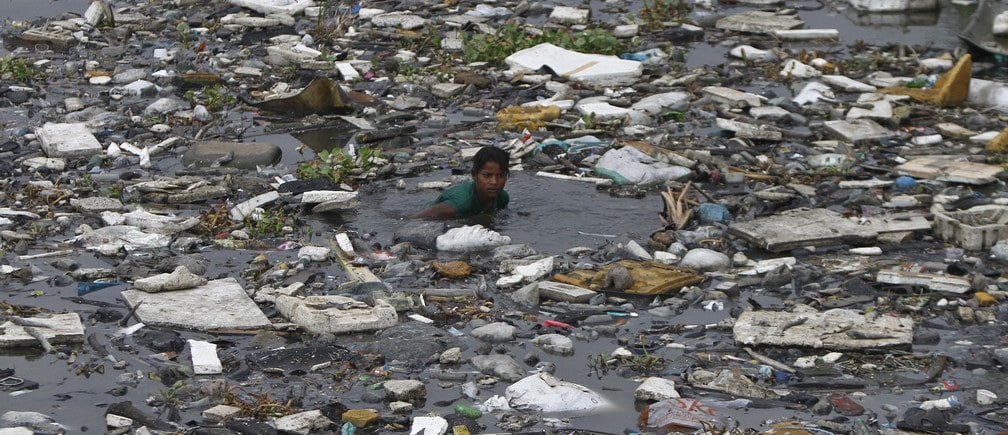
Industrialization, discharge of domestic waste, radioactive waste, population growth, excessive use of pesticides, fertilizers and leakage from water tanks are major sources of water pollution, and in addition, these wastes have negative effects on human health.
Solutions
Treatment of Waste:
One way to minimize and prevent water contamination involves properly treating industrial sewage and wastewater before releasing it into the environment. In water treatment plants, sewage goes through a number of chambers and chemical processes to reduce its toxicity. Improving and maintaining sewage treatment systems prevents leakage of waste into water systems.
Ozone:
In ozone waster water treatment, an ozone generator breaks down pollutants in a water source. The generators use ultraviolet radiation or an electric discharge field to convert oxygen into ozone. Because of the reactive nature of ozone, it oxidizes bacteria, mold and organic and other pollutants found in water.
Acid Rain
Connections
Acid rain happens because of the vicinity of specific poisons in the climate. Corrosive downpour might be brought about because of the use of fossil fuels or volcanoes or spoiling vegetation which discharges sulfur dioxide and nitrogen oxides into the air.
Entire lakes have been declared dead because of acid rain with 95,000 lakes in North America being damaged by acid rain. Acid rain has also left trees and plants less healthy (vulnerable to cold temperatures, insects, and disease). In addition, pollutants in acid rain can end trees' ability to reproduce and soils are better able to neutralize acids than others.
Acid rain, or acid deposition, is a broad term that includes any form of precipitation with acidic components, such as sulfuric or nitric acid that fall to the ground from the atmosphere in wet or dry forms. This can include rain, snow, fog, hail or even dust that is acidic.
The effects of acid rain, combined with other environmental stressors, leave trees and plants less healthy, more vulnerable to cold temperatures, insects, and disease. The pollutants may also inhibit trees' ability to reproduce. Some soils are better able to neutralize acids than others. But in areas where the soil's "buffering capacity" is low, such as parts of the U.S. Northeast, the harmful effects of acid rain are much greater.
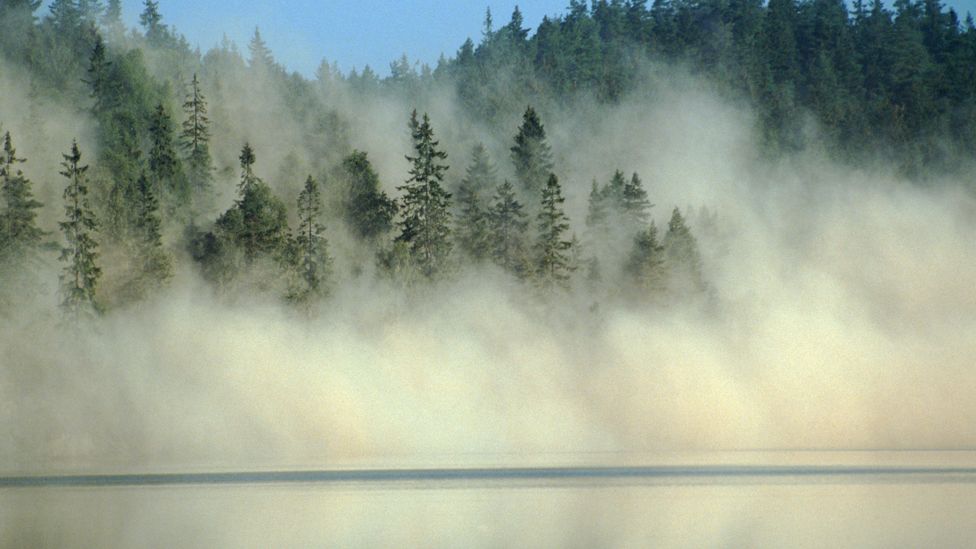
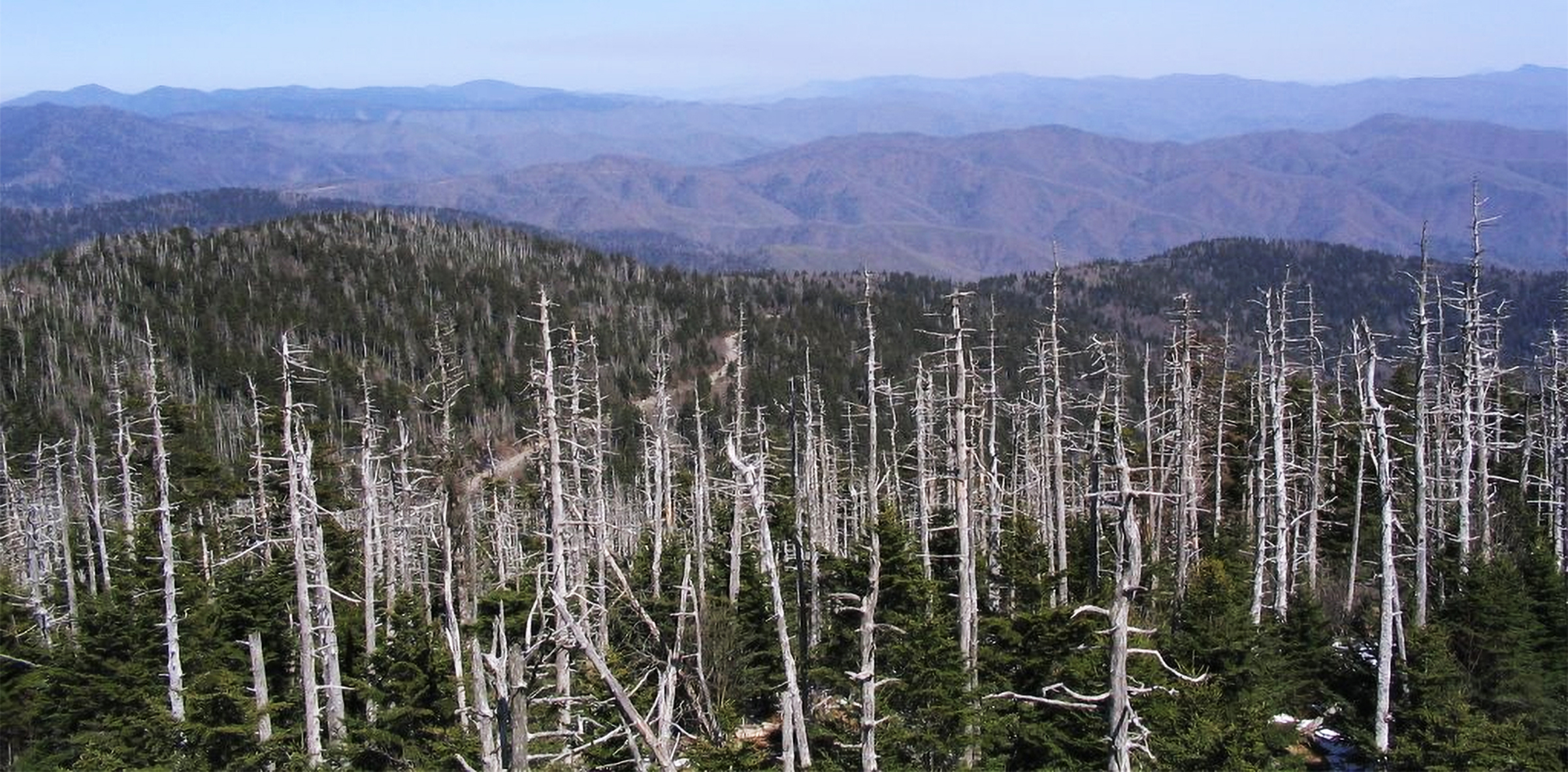
Acid deposits damage physical structures such as limestone buildings and cars. And when it takes the form of inhalable fog, acid precipitation can cause health problems including eye irritation and asthma. It can even go as far to cause cancer and heart disease.
Solutions
The only way to fight acid rain is by curbing the release of the pollutants that cause it. This means burning fewer fossil fuels and setting air-quality standards.
Each person can do their part by reducing their vehicle use. Using public transportation, walking, riding a bike or carpooling is a good start, according to the Environmental Protection Agency. People can also reduce their use of electricity, which is widely created with fossil fuels, or switch to a solar plan. Many electricity companies offer solar packages to their customers that require no installation and low costs.
Littering
Connections
Littering simply means disposal of a piece of garbage or debris improperly or at a wrong location usually on the ground instead of disposing them at a trash container or recycling bin.
Littering can cause a huge environmental and economic impact in the form of spending millions of dollars to clean the garbage of roads that pollute the clean air.
Litter adversely affects the environment. Littering along the road, on the streets or by the litter bins, toxic materials or chemicals in litter can be blown or washed into rivers, forests, lakes and oceans, and, eventually can pollute waterways, soil or aquatic environments. Based on recent data, 7 billion tons of debris enter the world’s oceans annually and most of it is long-lasting plastic.
Litter also reduces air quality due to the smell and toxic/chemical vapor emanating from the trash. A polluted environment can encourage the spread of diseases. Toxic chemicals and disease-causing microorganisms in the trash may also contaminate water systems and spread water-borne diseases which can negatively affect the health of both animals and humans if unclean or untreated water is consumed.
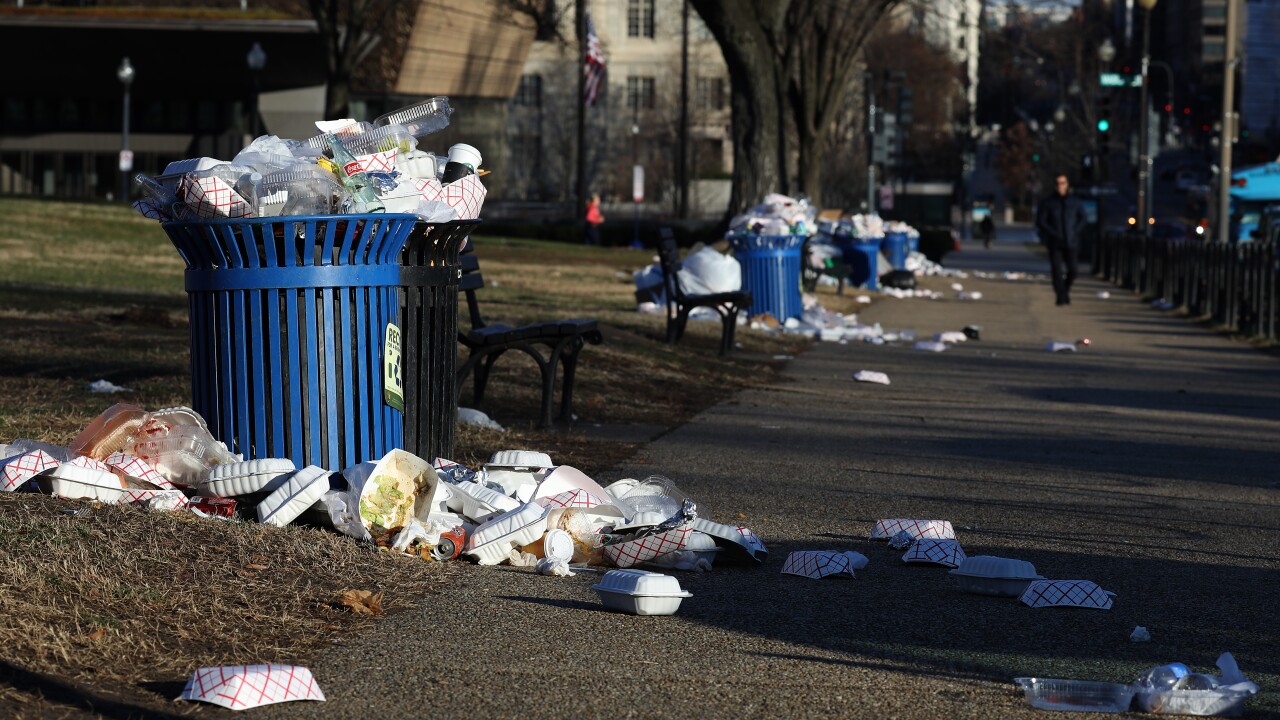
Some percentage of litter also comes from construction projects. The worker’s lunchtime waste, together with the uncontrolled generation of building waste, is the culprit of litter produced from construction projects.
Since people perceive there is no consequence for their action when they throw items anyhow and anywhere, it has created the “I don’t care attitude.” The act of pedestrians getting rid of chewing gum wrappers and other wastes on the roadways and streets or motorists throwing garbage from their cars clearly reveals this kind of attitude. The majority of people believe there are others who will pick or clean it up.
The fines for littering in many countries are quite low, or even there is no provision for fines at all. Since people do not expect to get fined, they usually stick to their littering behavior. For example, it is quite common that people just throw their cigarette butts and do not care about this behavior as they are never fined at all.
Solutions
The ideal way to handle the problem of littering is for each member of society to take responsibility and try their best to properly dispose waste. If citizens are required not to litter, appropriate conditions must be provided by local governments. Measures must be taken by appropriate local authorities to ensure more garbage bins are installed in various areas for effective garbage disposal. Installing enough garbage bins in town centers, walking routes, public areas, and near bus stops as well as fast-food restaurants offer convenience in disposing and collecting litter. To avoid additional problems due to overfilling, the bins must be emptied regularly.
Putting in place strict litter laws ensures no litter is discarded, thrown or dropped onto private and public areas. Such laws work towards prohibiting illegal dumping and littering. The law must also clearly stipulate that dumping is a serious offense, punishable by serving a jail term and fines. Several local authorities globally have considerably addressed the littering problem by instituting legislation punishing perpetrators with fines, imprisonment, and community service.

Community programs and groups should be created with friends and neighbors for neighborhood cleanup with the sole aim of running anti-litter campaigns to raise awareness. “Keep the environment tidy” programs and community cleanup events can be a lot of fun and are sufficiently valuable in spreading the message. The campaigns can also be incorporated in bulletin boards, social media platforms, and newsletters to spread the message widely.
Education is crucial to fix the littering issue. People need to know how their actions in their daily life affect the environment. We also have to make people understand that it is quite easy to avoid littering and thus contribute to protecting the environment.

